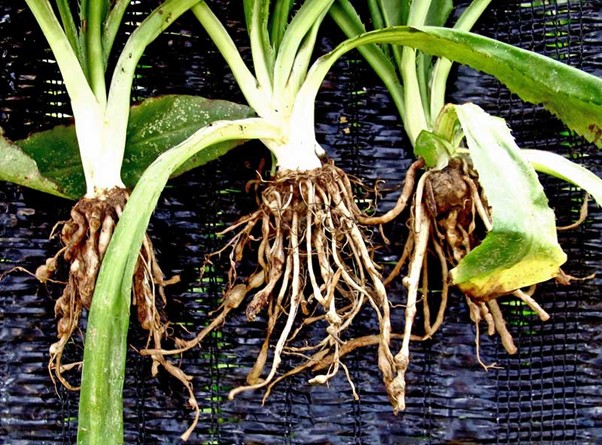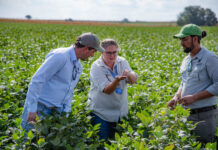According to DataIntelo, The global nematicides market size was valued at approximately USD 1.3 billion in 2023 and is projected to grow at a compound annual growth rate (CAGR) of 4.5% from 2024 to 2032, reaching an estimated USD 1.9 billion by the end of the forecast period. This growth can be attributed to the increasing demand for high-quality agricultural produce and the growing prevalence of nematode infestations that threaten crop yield and quality.
Nematicides are chemical agents used to kill or manage nematodes—microscopic parasitic worms that cause significant damage to plant roots. These pests are responsible for substantial agricultural losses globally, particularly in high-value crops such as vegetables, fruits, and tobacco. Nematicides play a crucial role in integrated pest management strategies, ensuring crop health and productivity.
What are the Key Drivers of Market Growth?
- Rising Food Demand
With the global population expected to surpass 9 billion by 2050, the need for increased agricultural output is intensifying. This pressure is fueling demand for crop protection products, including nematicides.
- Increasing Incidence of Nematode Infestations
Changing climate conditions and intensive farming practices have contributed to the spread and persistence of nematode infestations in various regions, particularly in tropical and subtropical zones.
- Growing Adoption of Integrated Pest Management (IPM)
Farmers and agribusinesses are increasingly adopting IPM strategies that combine chemical and biological control methods. Nematicides form a core part of these approaches, especially in regions where nematode pressure is high.
Challenges Facing the Market
- Environmental and Health Concerns
Certain synthetic nematicides have been linked to environmental contamination and health risks, leading to stricter regulations and bans, especially in the European Union.
- High Development Costs
Developing and registering new nematicide formulations involves significant R&D investment and regulatory hurdles, which can be a barrier to entry for smaller players.
- Resistance and Reduced Efficacy
Overreliance on chemical nematicides can lead to resistance in nematode populations, reducing long-term efficacy and necessitating the development of alternative control methods.
Emerging Trends int the Global Nematicides Market
- Rise of Bio-Nematicides
Biological nematicides, derived from naturally occurring organisms such as bacteria and fungi, are gaining popularity due to their eco-friendly profiles. Companies are investing in microbial-based products that target nematodes while preserving soil biodiversity.
- Precision Agriculture and Smart Application
Technological advancements in precision agriculture are enabling targeted application of nematicides, reducing wastage and improving effectiveness.
- Strategic Collaborations and M&A
Major agrochemical firms are engaging in mergers, acquisitions, and partnerships to expand their nematicide portfolios and geographic reach.
Future Outlook
The nematicides market is poised for continued growth, driven by innovation in bio-based products, increasing pest pressures, and the global push for sustainable agriculture. Companies that can balance efficacy with environmental safety are likely to lead the next wave of market expansion.
Nematicides Market: Competitive Landscape
Some of the major companies dominating the nematicides market include Syngenta AG, Bayer CropScience AG, BASF SE, Corteva Agriscience, and FMC Corporation. These companies hold a significant share of the market due to their extensive product portfolios, strong research and development capabilities, and widespread distribution networks.








